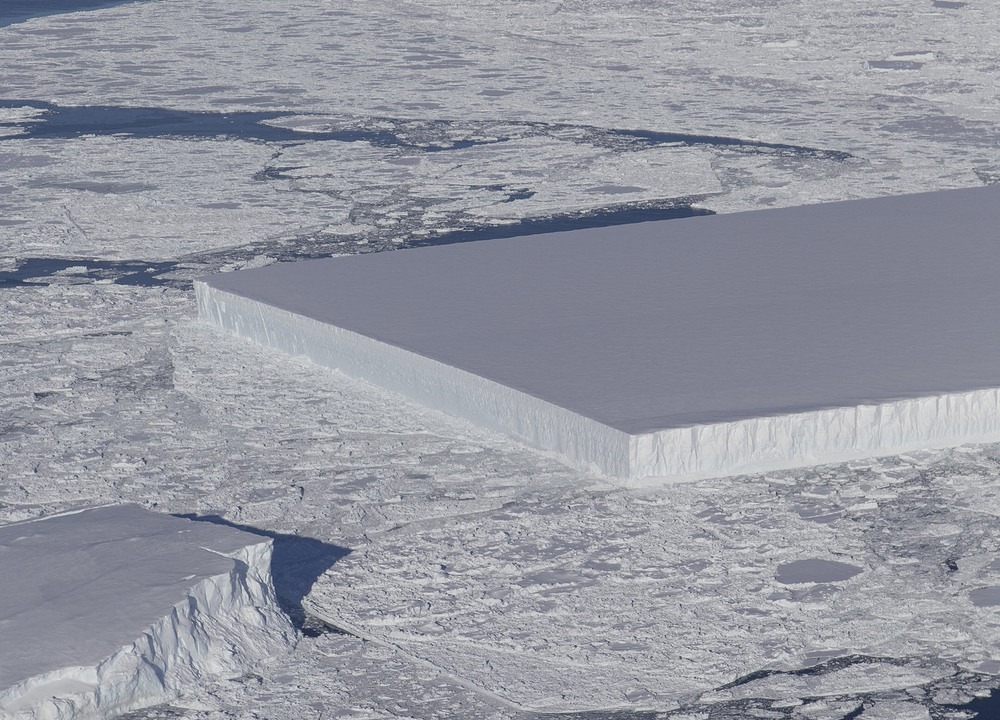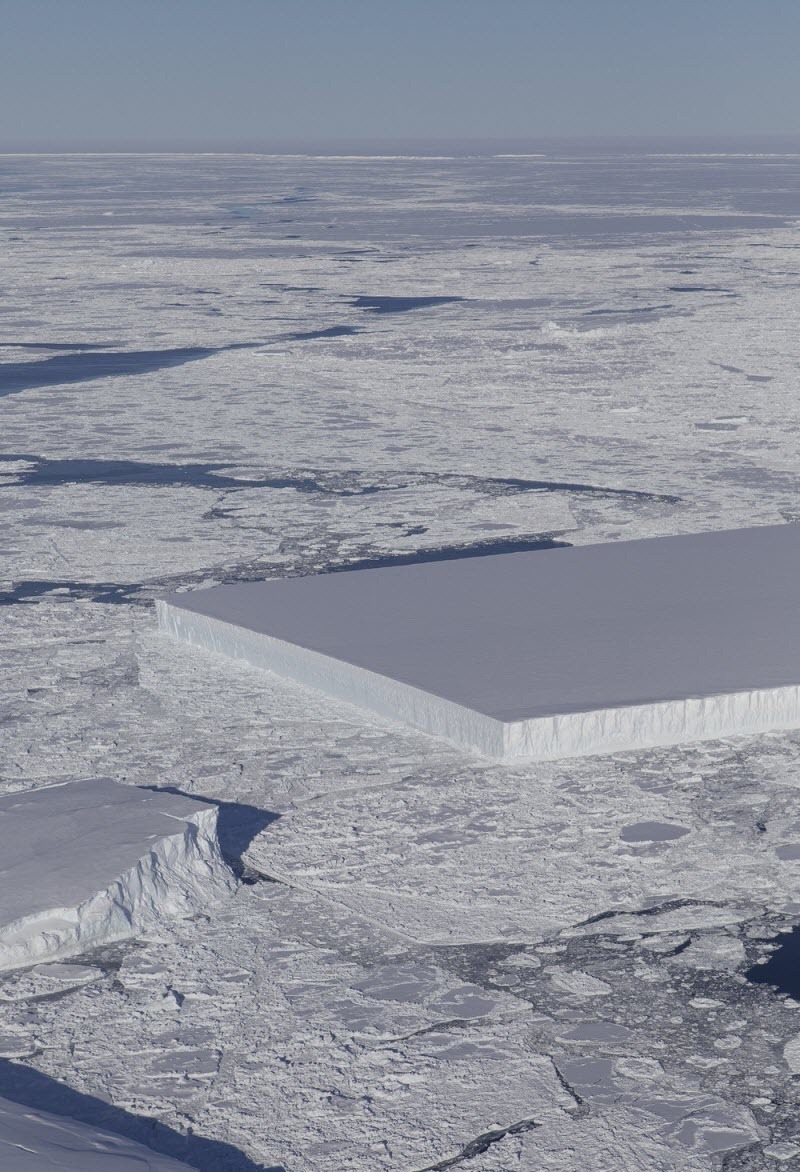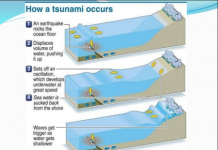Nature follows its own rules and laws, but sometimes results are often irregular and asymmetric like clouds and coastline and ocean waves. NASA scientists Jeremy Harbeck & his team were flying over the northern Antarctic Peninsula as part of an Operation in October 2018. They saw an incredible Rectangular Iceberg and spotted a precisely cut rectangular piece of the iceberg floating amidst a jumble of broken ice, everybody thought it was pretty interesting.
Because such type of rectangular formation is called a Tabular Iceberg. It’s a supernatural occurrence; it’s amazing, but nothing out of ordinary. I had seen many icebergs around Antarctica that have very straight, very long sides,” he said. These tabular icebergs are wide and flat, and long, like a sheet cake.
Thus the ice breaks according to its crystalline structure in a straight line. The walls of this new iceberg are sharp and almost perfectly vertical, suggesting they formed recently. As time goes on, waves will start to erode these edges, creating large arches and caving in their walls. The cold air and sea temperatures mean they melt slowly, and large icebergs can survive for many years.
Normally icebergs with relatively straight edges are common, this was the first time anybody has seen an iceberg with two corners at right angles. They split from the edges of ice shelves like fingernails breaking off when they grow too long. The iceberg will also continue to break and crack, losing chunks of ice around the edge, and possibly even fragmenting into smaller pieces. These fracture lines can form interesting geometric structures like rectangles and triangles.
We often see icebergs with geometric shapes, although such a perfect rectangle is admittedly unusual. This specific rectangular iceberg is about one mile wide. It had just broken off from the Larsen C ice shelf. NASA aims to better understand the connection between the earth’s polar regions and the global climate.
In spite of its eerily perfect shape, this iceberg is completely natural, and in fact not even that unusual. The largest iceberg ever observed, named B-15, was released from Antarctica in 2000, and some fragments of it still exist today near the island of South Georgia.
Also Read: The Unusual Cold Geysers of Madagascar



Source: AP! National Geographic! The Conversation






